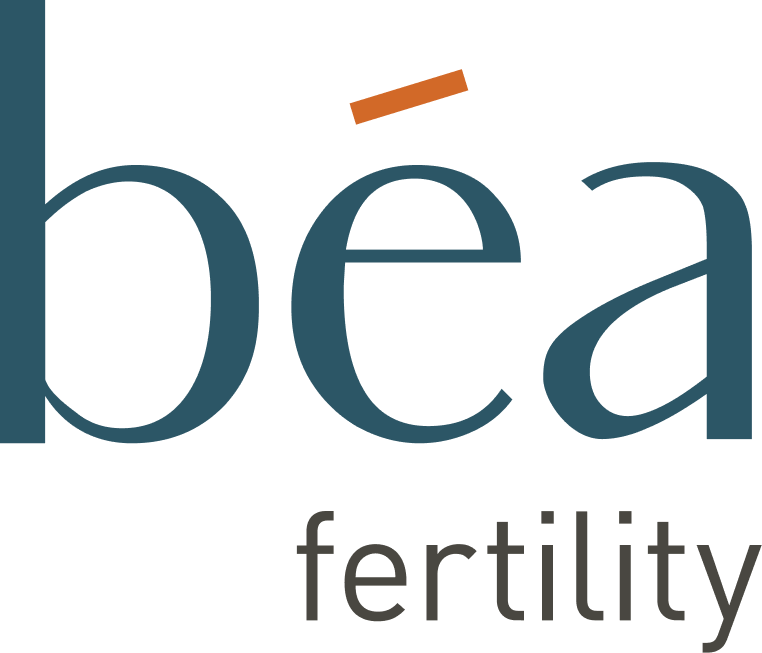Adenomyosis is a common condition that is often difficult to diagnose. In this article, we cover the basics of adenomyosis, the intracervical insemination (ICI) treatment, and how to improve your chances of conceiving.

In this article:
What is adenomyosis?
Adenomyosis is a condition where the lining of the womb is found deep in the muscle of the uterus. We do not know exactly why adenomyosis happens, but it is likely that women with adenomyosis have a predisposition due to their genes, immune system and hormones. Adenomyosis affects as many as one in ten women of reproductive age. It is more common in women aged 40–50 years.
What are the symptoms of adenomyosis?
About one third of women experience few or no symptoms; other women can experience many. It can also affect other aspects of a woman’s life including her general physical health and emotional wellbeing. Symptoms can include:
- Heavy, painful or irregular periods
- Premenstrual pelvic pain and feelings of heaviness or discomfort in the pelvis
- Pain during sexual intercourse
- Pain related to bowel movements
Adenomyosis is difficult to diagnose as the symptoms are common and affect a lot of women. A large proportion of women who have heavy and painful periods accept the symptoms as ‘normal for me.’ Women don’t often know how heavy or painful their periods are supposed to be. As a guide – if you are passing clots, having to constantly use double protection, changing protection more frequently than every 4 hours or experiencing dizziness, fainting or vomiting associated with menstruation you should consider visiting your GP.
How do you test for adenomyosis?
Adenomyosis can take a long time, even years, to diagnose because the symptoms and severity can vary between women. Your GP may ask you to monitor over time with a symptom diary, which can help to correlate your symptoms with specific triggers and identify patterns relating to your menstrual cycle. Your GP may also organise some further tests including blood tests and imaging such as a transvaginal ultrasound scan and/or an MRI to investigate your symptoms. It is important to note that often adenomyosis presents in a very similar way to other conditions such as endometriosis and often the only definitive way to diagnose for certain is via a laparoscopy, where a surgeon will examine your internal pelvic and abdominal organs with a camera test.
How is adenomyosis managed?
The right treatment depends on symptoms, but also other factors including age, desire for children and preserving fertility, views on surgery and what treatments have been tried already. Treatment options include:
-
Monitoring symptoms
If symptoms are mild or treatments aren’t a good option, your symptoms may be monitored. This is sometimes referred to as expectant management. -
Non-hormonal treatments
Medications to help with heavy bleeding and/or pain like tranexamic acid or mefenamic acid may reduce pain and bleeding with your period. -
Hormonal treatments
Treatments like the oral contraceptive pill and Mirena coil are first line treatment options for most cases and tend to work well for most women. There are also some other hormonal options like zoladex which induce a menopausal state and temporarily halt menstruation which in turn improves symptoms. These options are not suitable for women wishing to conceive. -
Hysterectomy
Surgical removal of the womb for women not wishing to preserve fertility. -
Uterine artery embolisation
A procedure which aims to block off the blood supply to the adenomyosis and cause it to shrink.
Adenomyosis and trying to conceive
An association between adenomyosis and infertility has not been fully established, based on the available information, but recent studies suggest that adenomyosis may have a negative impact on female fertility. Adenomyosis can be present in stages from mild to severe. The Béa Treatment could be a good treatment option for mild adenomyosis. The Béa Applicator places our custom cervical cap against the cervix, holding semen in place for up to one hour. It increases the exposure to the cervical mucus, minimises the contact of semen in the vagina (where the pH can reduce sperm quality) and reduces semen backflow.
Visiting your doctor about adenomyosis and fertility
If you have adenomyosis or you suspect you might have adenomyosis, then don’t wait to visit your GP if trying for a baby. NICE (National Institute for Health and Care Excellence) guidelines state that if there is a known predisposing factor for infertility, then doctors should make an earlier referral for specialist consultation. In moderate to severe cases of adenomyosis, you may need medical treatment before a pregnancy is attempted.
If you’re not sure what to discuss with your GP – read our article How to speak with your doctor about fertility for support.


Share:
Hypothyroidism